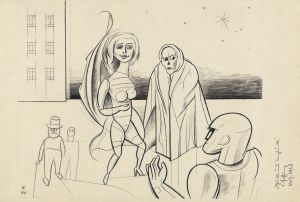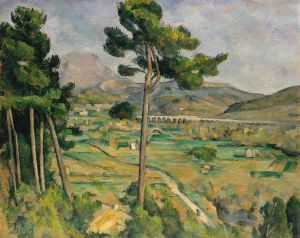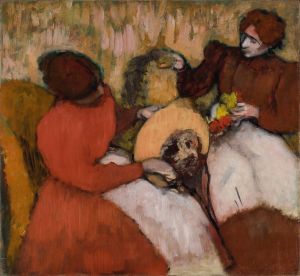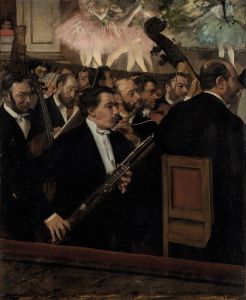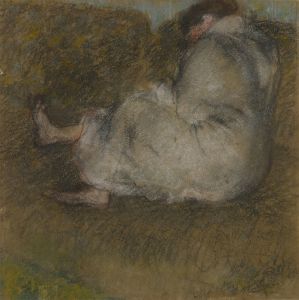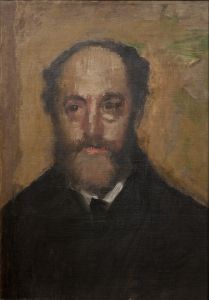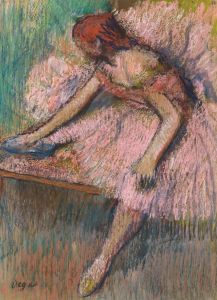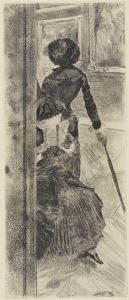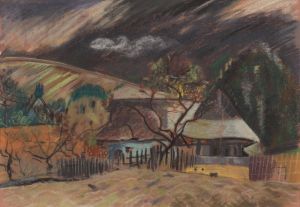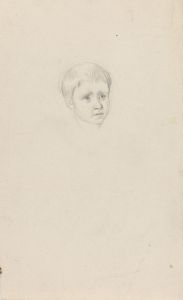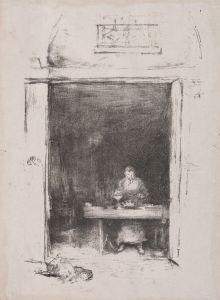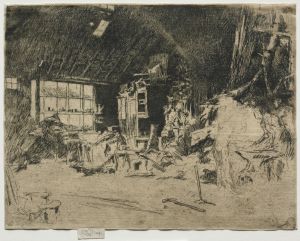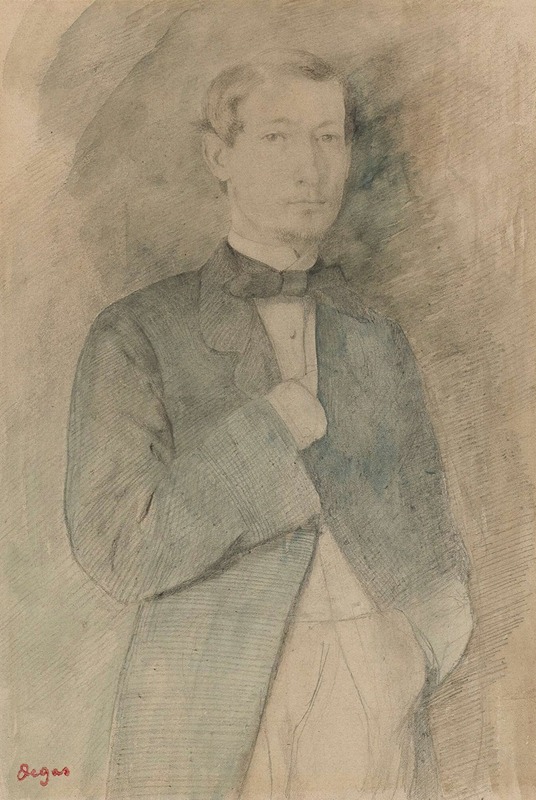
Portrait D’homme
A hand-painted replica of Edgar Degas’s masterpiece Portrait D’homme, meticulously crafted by professional artists to capture the true essence of the original. Each piece is created with museum-quality canvas and rare mineral pigments, carefully painted by experienced artists with delicate brushstrokes and rich, layered colors to perfectly recreate the texture of the original artwork. Unlike machine-printed reproductions, this hand-painted version brings the painting to life, infused with the artist’s emotions and skill in every stroke. Whether for personal collection or home decoration, it instantly elevates the artistic atmosphere of any space.
Edgar Degas, a prominent French artist associated with the Impressionist movement, is renowned for his innovative approach to painting, sculpture, and drawing. While Degas is best known for his depictions of dancers, racehorses, and everyday Parisian life, he also created a number of portraits throughout his career. One such work is "Portrait D’homme," which translates to "Portrait of a Man."
"Portrait D’homme" exemplifies Degas's skill in capturing the essence and character of his subjects. Although specific details about this particular painting are scarce, it is consistent with Degas's broader oeuvre, which often focused on intimate and candid portrayals of individuals. Degas had a keen interest in human psychology and expression, which is evident in his portrait work. He was known for his ability to convey the personality and mood of his subjects through subtle details and a masterful use of color and composition.
Degas's portraiture often diverged from the traditional, formal style that was prevalent in the 19th century. Instead, he favored more informal and spontaneous compositions, which allowed him to explore the individuality of his subjects. His portraits are characterized by their attention to detail, particularly in the rendering of facial expressions and gestures, which provide insight into the sitter's character and emotional state.
The techniques employed by Degas in his portraits, including "Portrait D’homme," reflect his broader artistic innovations. He frequently used pastels, a medium that allowed for a softer, more nuanced application of color and texture. This choice of medium enabled Degas to achieve a sense of immediacy and intimacy in his work, capturing fleeting expressions and the subtleties of light and shadow.
Degas's approach to composition was also distinctive. He often employed unconventional angles and cropping, influenced by the burgeoning field of photography. This approach is evident in many of his portraits, where the framing and perspective contribute to the dynamic and engaging nature of the work.
While specific information about the subject of "Portrait D’homme" is not readily available, it is likely that the painting reflects Degas's interest in capturing the diversity of human experience. His portraits often included friends, family members, and acquaintances, as well as individuals from various walks of life, reflecting the social and cultural milieu of 19th-century France.
In summary, "Portrait D’homme" by Edgar Degas is a testament to the artist's skill in portraiture and his ability to convey the complexity of human emotion and character. Although details about this specific painting are limited, it is representative of Degas's broader artistic achievements and his innovative approach to capturing the essence of his subjects. Through his use of color, composition, and medium, Degas created portraits that continue to resonate with viewers, offering a glimpse into the lives and personalities of those he depicted.





